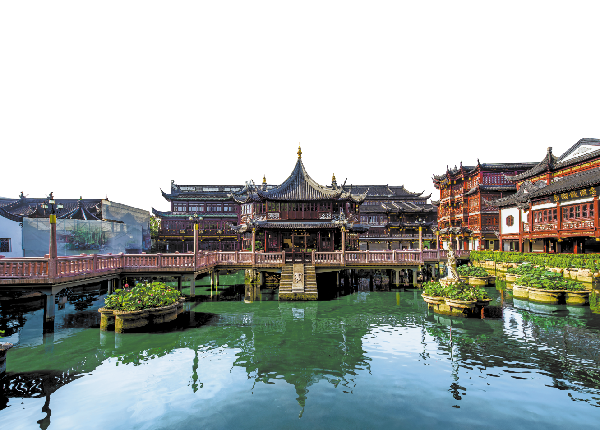A teahouse steeped with historic vibrancy
After two years of renovations, famed landmark reopens for people to relax, take a sip, and get a glimpse into the past and present, all in one structure, Zheng Zheng reports.


The building underwent several expansions and renovations, with a significant expansion in 1924 that added a rectangular waterside pavilion to shape its current layout. The second floor was enhanced with private rooms, and traditional Chinese music performances became a regular feature.
"Huxinting is one of only three teahouses in China that have operated in their original location for over 170 years," says Rong. "What makes it even more unique is that it is the only one situated in a city center that's also a nationally protected cultural heritage site.
"We've preserved two special tables — one where Chinese literary master Ba Jin (1904-2005) used to sit, and another where Britain's Queen Elizabeth II once enjoyed tea during her visit to China. These tangible historic connections allow visitors to 'touch' the past."
The latest restoration project, launched in October 2023, represents a collaboration between traditional craftsmanship and modern technology. Cao Yongkang, a professor at Shanghai Jiao Tong University, led a team in conducting extensive research of the building's historical structural features before developing a comprehensive restoration plan.
"Historical buildings like Huxinting are living fossils of the city's cultural context," Cao notes. "Scientific restoration and thoughtful utilization not only preserve their vitality but also contribute to Shanghai's cultural landscape through architecture."




































